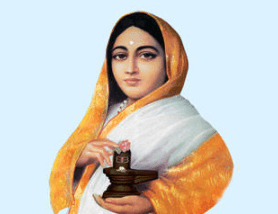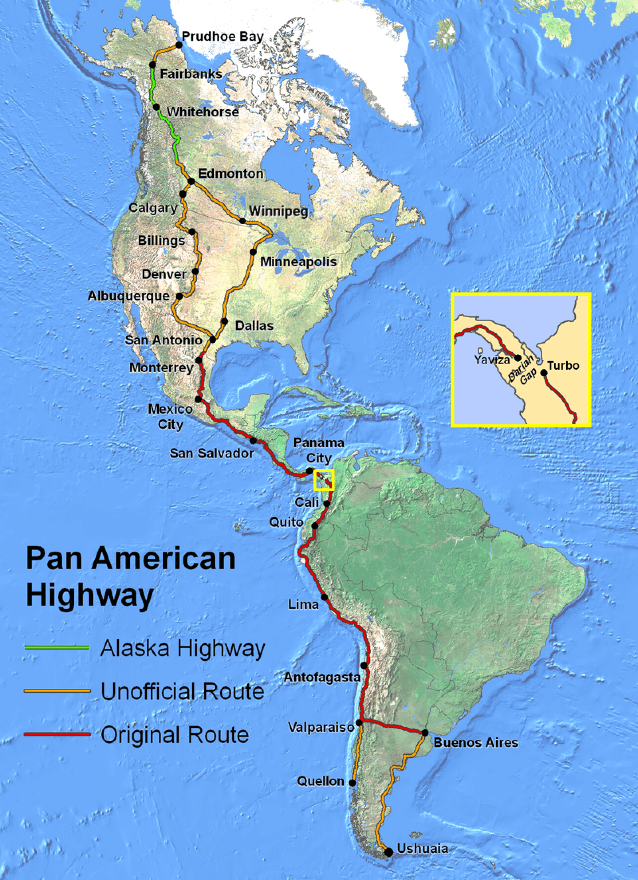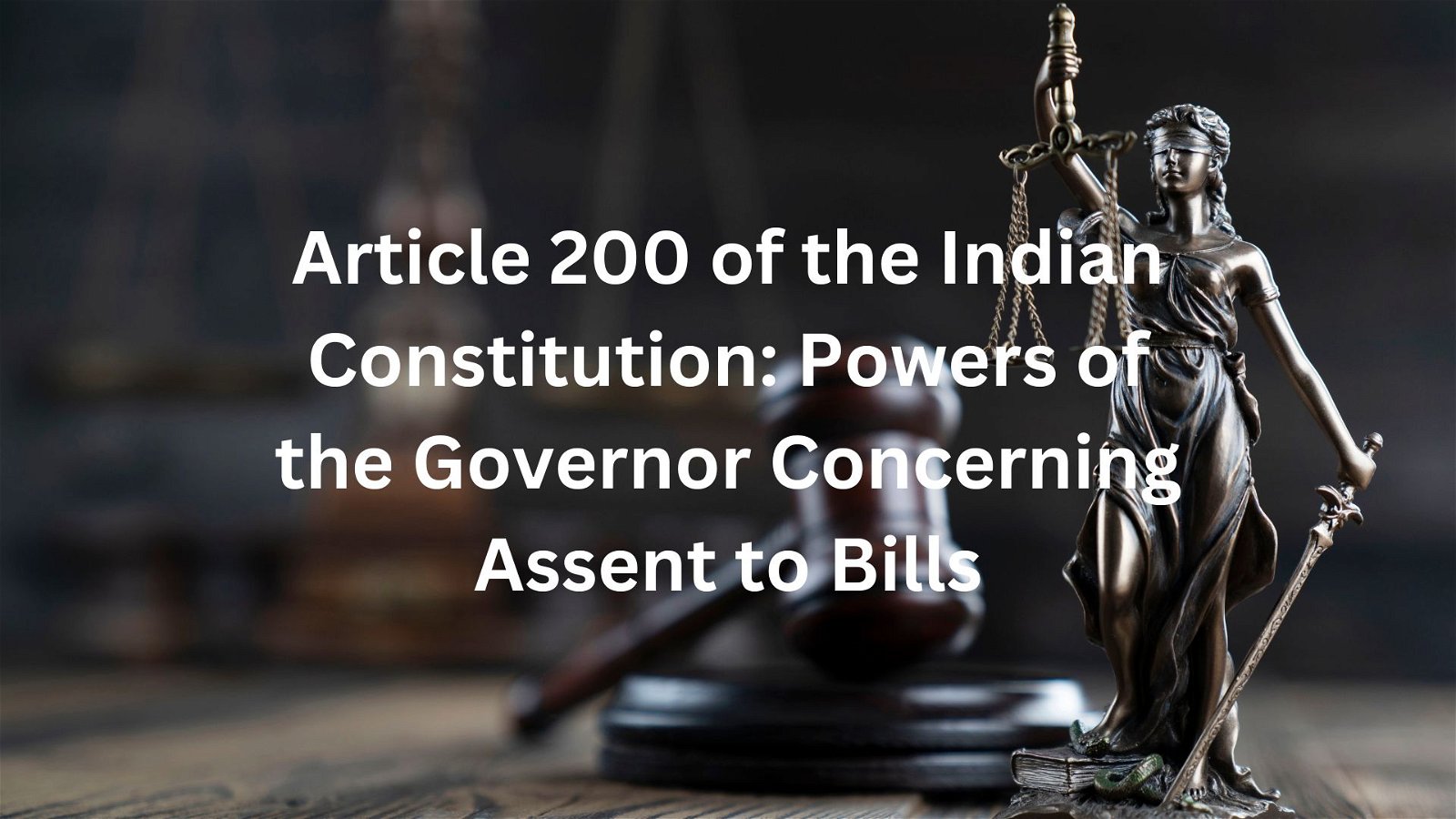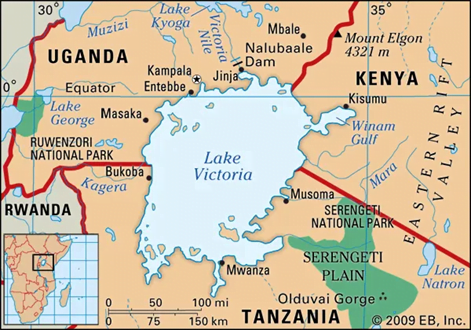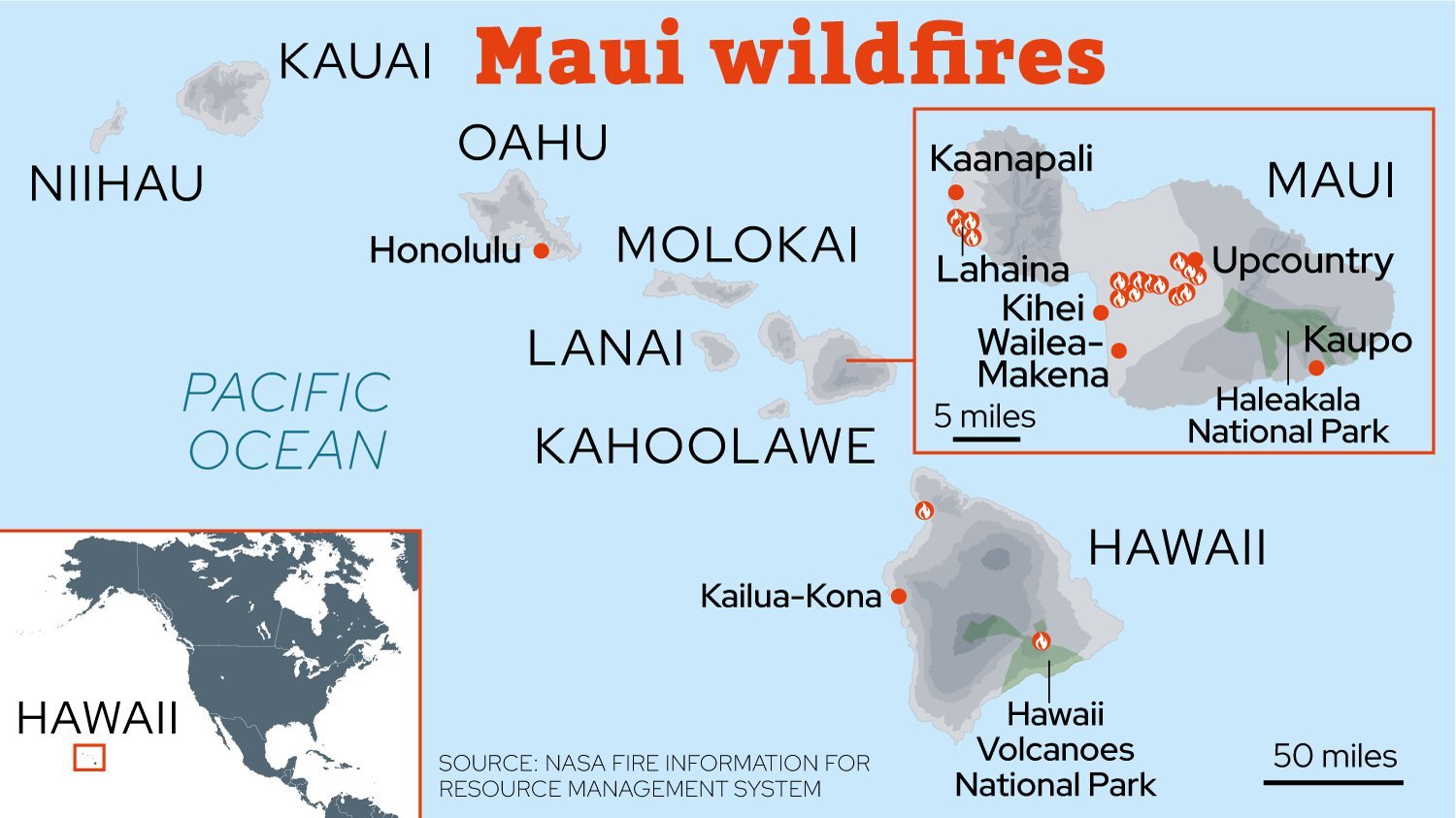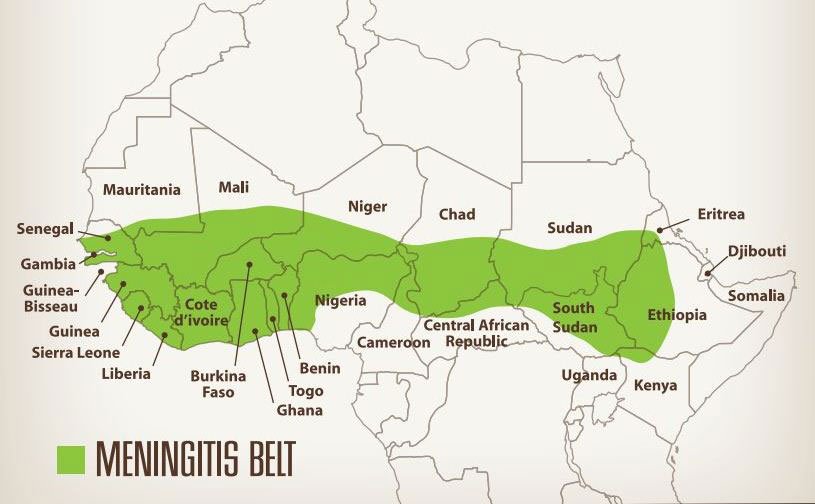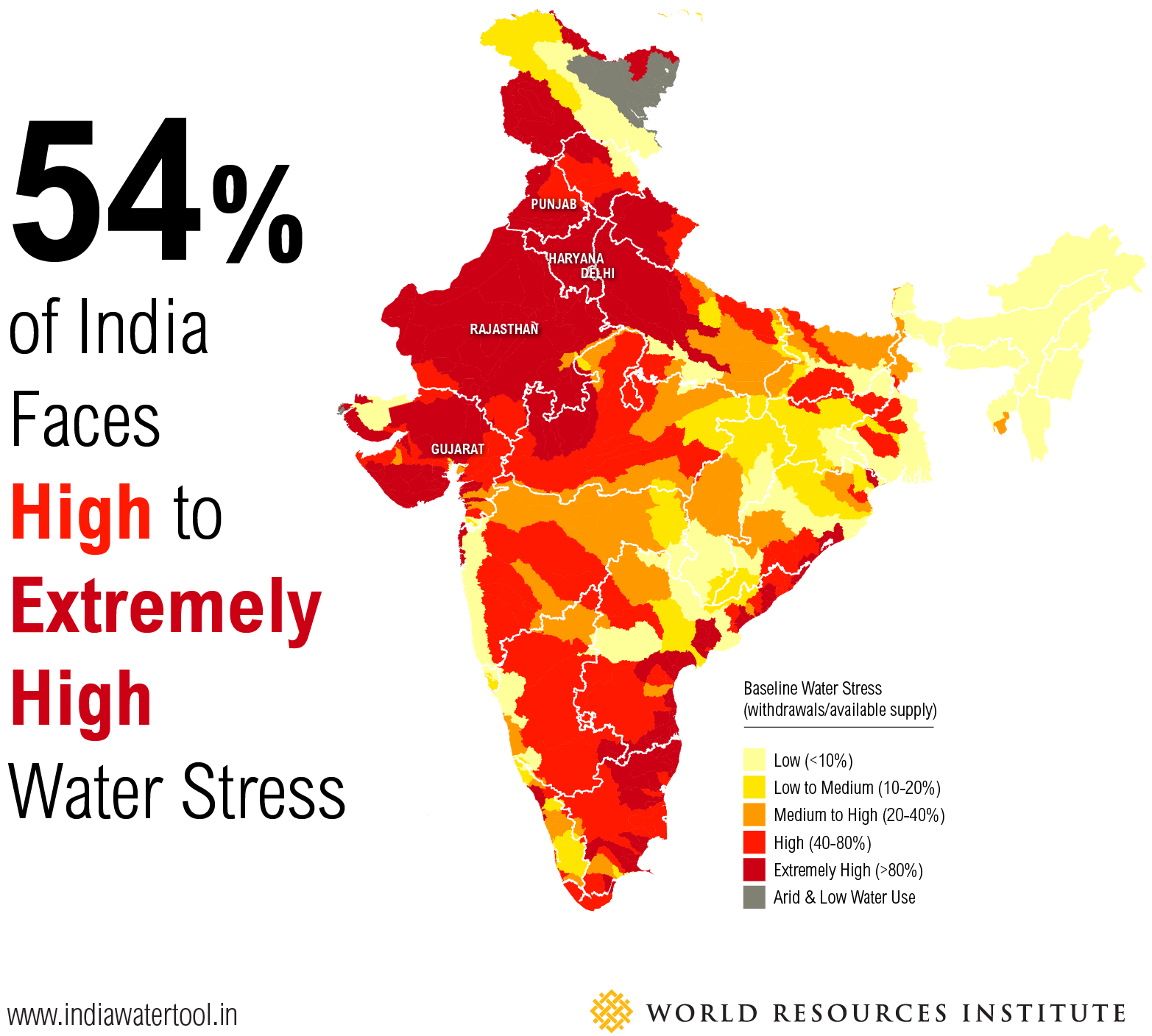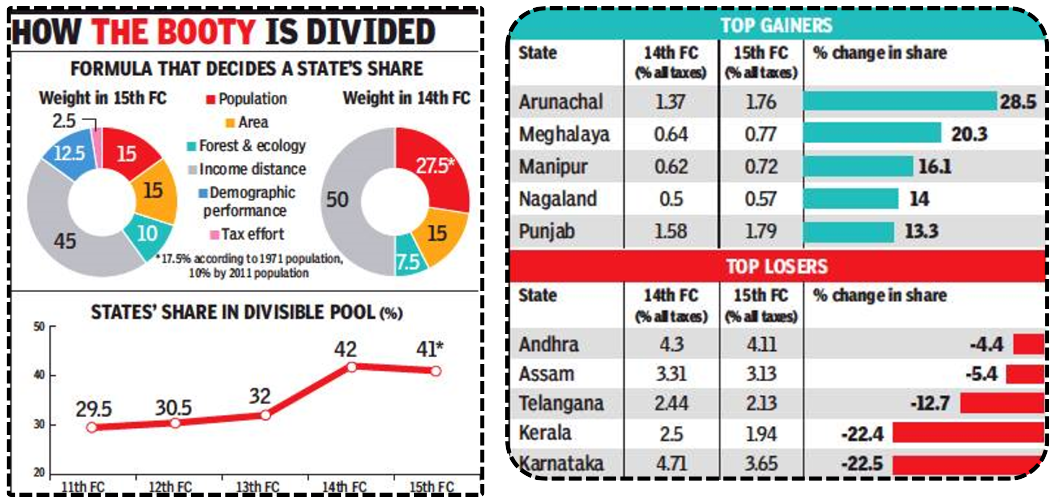
Current Affairs for UPSC Civil Services Exam – March 15, 2024
Subscribers of "Current Affairs" course can Download Daily Current Affairs in PDF/DOC
Subscribe to Never Miss an Important Update! Assured Discounts on New Products!
Must Join PMF IAS Telegram Channel & PMF IAS History Telegram Channel
{GS2 – Governance – Initiatives} NITI Aayog’s Vocal for Local Initiative
- Context (PIB): NITI Aayog has launched the Vocal for Local initiative.
About Vocal for Local initiative
- It is an initiative of NITI Aayog under its Aspirational Blocks Programme.
- The aim is to promote grassroots entrepreneurship and self-reliance.
- It involves mapping and consolidating local products from 500 aspirational blocks under the Aakanksha brand.
- Aakanksha serves as an umbrella brand with potential for international markets.
- A dedicated window on the Government e-Marketplace (GeM) portal has been created for the Aspirational Blocks Programme under the Aakanksha brand.
- Partners will offer technical and operational support for e-commerce onboarding, linkages establishment, financial/digital literacy, documentation/certification, and skill enhancement.
Aspirational Blocks Programme
|
{GS2 – IR – UN} Global Human Development Index Report 2022
- Context (TH | TOI | HT): India climbed one spot on the global Human Development Index (HDI) for the year 2022.
About the Global Human Development Index (HDI) Report 2022
- HDI: It is a composite index that measures average achievement in human development, considering four indicators.
- Life expectancy at birth.
- Expected years of schooling.
- Mean years of schooling.
- Gross national income (GNI).
- Published by: United Nations Development Programme (UNDP).
- Title: Breaking the gridlock: Reimagining cooperation in a polarised world.
- India’s status in HDI: Placed in the medium human development category.
- Rank: 134 (2022) out of 193 countries (Earlier 135 (2021)).
- Top ranking country: Switzerland.
- Comparison with neighboring countries: Both Sri Lanka (78) and China (75) are in the High Human Development category.
- India ranks lower than Bhutan, placed 125th, and Bangladesh, which is at the 129th position.
- Positives: In 2022, India’s HDI indicators improved in all areas.
- Life expectancy increased from 67.2 to 67.7 years.
- Expected years of schooling rose to 12.6.
- Mean years of schooling went up to 6.57.
- GNI per capita also increased from $6,542 to $6,951.
|
Other Key Findings
Gender inequality
- India demonstrated progress in reducing gender inequality, with a value of 0.437 that is better than the global and South Asian averages.
- It now ranks 108 out of 166 countries in the gender inequality index (GII) 2022.
- The country’s reproductive health performance is better than that of other countries in the medium human development group or South Asia.
- India’s adolescent birth rate in 2022 was 16.3 (births per 1,000 women ages 15-19), an improvement from 17.1 in 2021.
- Challenges: India also has one of the largest gender gaps in the labour force participation rate, with a 47.8% difference between women (28.3%) and men (76.1%)
Inequality
- The report says that inequality across the world is rising again. After 20 years of convergence, the gap between the richest and poorest countries has started to widen from 2020.
{GS2 – MoHA – Initiatives} Digital Criminal Case Management System Platform
- Context (PIB): The Union Home Minister and Minister of Cooperation virtually launched the Digital Criminal Case Management System Platform of the National Investigation Agency (NIA).
- The event also marked the inauguration of NIA’s 2 new branch offices in Jammu and Kochi and a residential complex in Raipur.
Criminal Crime Management System (CCMS)
- The CCMS is a browser-based software designed to enhance coordination in terrorism and organized crime cases handled by the NIA.
- It aims to improve justice delivery by streamlining investigations and prosecution.
Features of CCMS
- User-Friendly: The system is easy to deploy and customizable.
- State Police Support: It assists state police forces in their investigations and legal proceedings.
- Data Integration: CCMS helps organize, integrate, and digitize data generated during investigations, including case documents, evidence, and charge sheets.
Other InitiativeMobile App ‘Sankalan’
|
{GS2 – MoMSME – Initiatives} MSME Centres
- Context (PIB): The Union Minister of MSME approved 2 significant centres at UdyamAlok, Ni-msme, Hyderabad.
Export Acceleration and Experience Centre (EAEC)
- The EAEC aims to empower MSMEs (Micro, Small, and Medium Enterprises) towards boosting exports and align with Atmanirbhar Bharat for promotion of exports.
- The EAEC will provide a range of services, including:
- Market Research: Assisting MSMEs in understanding global markets.
- Logistics Solutions: Facilitating efficient export logistics.
- Digital Marketing Training: Equipping MSMEs with digital marketing skills.
- Access to Funding: Supporting financial needs.
- Global Marketplace: Connecting MSMEs to international markets.
- Academia-Industry Collaboration
Centre of Excellence for MSME Enablement of Technology (COMET)
- COMET will be established in collaboration with IIT-Hyderabad.
- It will provide interdisciplinary, design-focused technologies, hands-on training & skill development and encourage entrepreneurial activities among MSMEs.
- COMET will serve as a platform for:
- Technology Development: Creating and testing innovative solutions.
- Demonstration and Certification: Ensuring quality and reliability.
- Digital Cataloguing: Facilitating easy access to technologies.
- B2B Marketplace: Connecting MSMEs with technology providers.
- Energy Efficiency and Skill Development: It will focus on energy-efficient technologies and address existing technological challenges.
- These technologies will enable MSMEs to become global players through indigenous technology development.
National Institute for MSME (ni-msme)
|
{GS2 – Polity – IC} Renaming districts by Maharashtra Cabinet
- Context (IE | IE): Maharashtra Cabinet renames Ahmednagar as Ahilyanagar and Velha tehsil as Rajgad.
- Ahmednagar will be renamed after Ahilyabai Holkar, a queen of the Maratha empire.
- Velha, the first capital of the Maratha Empire under Shivaji, will be renamed Rajgad.
- This decision follows the renaming of Aurangabad and Osmanabad as Chhatrapati Sambhaji Nagar and Dharashiv, respectively.
|
Process for Renaming a City
- A request for renaming a city in the form of a resolution must be raised by any Member of the Legislative Assembly (MLA).
- The resolution will be deliberated upon in the State Assembly.
- Then, the resolution will be put to vote, and the resolution must be passed by a simple majority.
- The resolution as a proposal is submitted to the Ministry of Home Affairs.
- The Ministry considers the proposal and consults with other state agencies.
- The agencies from whom the approval is required are the Ministry of Railways, Intelligence Bureau, Department of Posts, Survey of India, and Registrar General of India.
- A ‘No Objection’ certificate is issued by the Ministry if the proposal is approved by the Ministry and all the agencies.
- After getting approval from the Ministry, the State Government can issue an official notification in the Gazette and the name of the city stands changed.
{GS3 – Envi – Pollution} Fashion Industry & the Environmental Challenges
- Context (DTE): The textile industry generates a significant amount of waste, contributing to pollution and landfill overflow.
Fashion Industry: The Challenges to Environment
- The textile industry globally releases 1.2 billion tonnes of carbon dioxide (CO2) annually contributing 3% of global CO2 emissions, with future predictions to rise to over 10% by 2050.
- Fast fashion brands’ increased production has led to a surge in textile waste, with over 55% of discarded clothing ending up in landfills.
- Chemicals used during textile manufacturing pose risks to both the environment and human health.
- Polyester and synthetic materials contribute to non-biodegradable waste in oceans.
- Pesticides and herbicides used in fibre production affect soil fertility and biodiversity, impacting crop productivity in the agriculture value chain.
- The textile and fashion industries consume a staggering 93 billion cubic meters of water.
- This has led to a nearly 7% decline in drinking water and groundwater globally.
- Mismanaged fashion production and use have severely impacted places like the Atacama Desert in Chile, known as the “Great Fashion Garbage Patch.”
Circular Fashion Solutions
- Rental Services: Borrowing clothes through rental services reduces the need for new purchases.
- Resale Platforms: Buying and selling preloved fashion items extends their lifespan.
- Clothing Repair and Alteration Services: These services help maintain garments.
- Clothing Recycling Programs: Repurposing old clothes into new products.
- Upcycled Materials: Transforming surplus materials into new fashion pieces.
{GS3 – IE – Inflation} Food inflation and Retail inflation
- Context (IE): Retail inflation measured by the consumer price index remained nearly steady since the start of the year, according to the data released by the National Statistical Office.
- In February, inflation was at 5.09%, just slightly down from January’s 5.1%.
- However, detailed data indicates different trends:
- Food inflation has slightly increased.
- Core inflation, excluding volatile food and fuel, has decreased.
Key Findings
- Consumer food price index rose to 8.66% in February, up from 8.3% in January.
- Food Inflation was high in various items:
- Vegetables: 30.25%
- Pulses and products: 18.9%
- Eggs: 10.69%
- Cereals: 7.6%
- Sugar: 7.48%
- Reason: The surge in inflation for TOP segment (tomato, onion, and potato) possibly due to El Nino effects and subdued production (Crisil).
- Core inflation excluding food, beverages, fuel, light, petrol, and diesel, decreased to 3.5% in February, down from 3.7% in January, as estimated by ICRA.
- Core inflation is now at its lowest level since January 2015.
- Industrial production slowed to 3.8% in January, down from 4.2% in December, mainly due to weak manufacturing performance, according to NSO data.
{Prelims – In News} Pig-butchering Scam
- Context (IT): A 37-year-old tech professional based in the US lost $450,000 (3.7 crore rupees) in a pig-butchering scam.
- Pig butchering scams are deceptive schemes where people are convinced to invest big money, usually in cryptocurrencies, thinking it’s a real opportunity.
- Victims suffer major financial losses worldwide because the scammers disappear after taking large sums of money.
- These scams started in 2020 in China but quickly spread to Southeast Asia.
{Prelims – PIN World – NA} Darien Gap
- Context (DTE I TG): Panama has ordered Doctors Without Borders/ Medecins Sans Frontieres (MSF) to stop treating people who have crossed the Darien Gap.
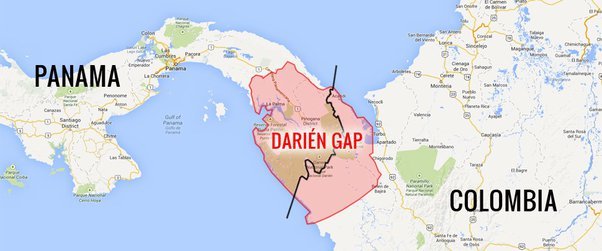
- Darien Gap is one of the world’s most dangerous and fastest-growing border crossings.
- In recent weeks, much of the discussion over illegal immigration to US has focused on Darien Gap.
- This route spans parts of Central and South America, and an increasing number of people are attempting to pass on their way to the US to claim asylum.
About Darien Gap
- It is a geographic region in the Isthmus of Darién or Isthmus of Panama, which connects the American continents within Central America.
- It sits on the border between Panama and Colombia.
- It consists of a large watershed, forest, and mountains.
- The Darien Gap is home to the Embera-Wounaan and Guna people and was also home to the Cueva people, who became extinct by 1535 following the Spanish invasion of Panama.
- There is no paved road in the Darien Gap. Despite this, it has become a significant route for global human migration.
- Prior to 2021, 10,000 people annually took this route on their way north to seek residence in the United States and Canada.
- Then, in 2021, the Panamanian government documented 133,000 crossings, a dramatic increase in human movement in such a volatile stretch of land.
- In 2023, more than half a million people transited through this part of the Isthmus of Panama.
- It is a stretch of mountainous jungle 160km long and 50km wide and is controlled by criminal groups known for acts of violence, including sexual abuse and robbery.
- Crossing this stretch of land without the help of a smuggler or guide is impossible because the criminal organisations that control the territory demand payment for passage.
- The Missing Migrant Project reported 141 known deaths in the Darien Gap in 2023.
- Darien Gap is a part of the Donkey Route to the USA.
What is Donkey Route?
|
Features
- This is a hot, humid area typified by tropical rainforests, mangrove swamps, and low mountain ranges with cloud forest vegetation.
- The Pan-American Highway does not traverse Darien, which effectively blocks land transportation between Central and South America.
Pan-American Highway
|
National Parks
- A pair of contiguous parks—Darién National Park in Panama and Los Katios National Park in Colombia—administer a large part of the region.
- The Darien National Park and Biosphere has been a UNESCO World Heritage Site since 1981.
{Prelims – PIN} Jagannath Shankarseth
- Context (IE): The Maharashtra cabinet decided to ask the Ministry of Railways to rename Mumbai Central Station after Nana Jagannath Shankarseth.
- Jagannath Shankarsheth Murkute, known as Nana Shankarsheth, was an Indian philanthropist, social reformer and educationalist.

Birth and Background
- Jagannath Shankarsheth Murkute was born on February 10, 1803, into the wealthy Murkute family in Murbad, Thane.
- His father, Shankar Murkute, was a successful dealer in jewellery and diamonds.
- Shankarsheth was a member of the Bombay Presidency assembly in 1861 and later became an advisor to the governor of the Bombay Presidency in 1862.
Education and Philanthropy
- In 1849, Jagannath Shankarsheth opened the first-ever school for girls in Mumbai.
- He played a crucial role in establishing the Elphinstone Educational Institution (formerly known as the Bombay Native Institution) and founding the Bombay Native Education Society.
- He also contributed to projects such as the English School, the Sanskrit Seminary, and the Sanskrit Library in South Mumbai.
- He contributed generously to Hindu temples and played a role in social reforms, including efforts to suppress widow-burning (sati) and provide a cremation ground for the Hindu community.
- His philanthropic contributions include support for the construction of the Dr Bhau Daji Lad Museum and the Bhavani-Shankar Mandir and Ram Mandir temples in Mumbai.
Development works
- He was one of the founding members of the Great Indian Peninsula Railway, along with Sir Jamsetjee Jejeebhoy and David Sasson.
- Shankarsheth was instrumental in the development of Mumbai, donating land for development and establishing numerous educational institutions.
- Alongside Sir George Birdwood and Dr Bhau Daji, he contributed to major reconstruction efforts in Mumbai, transforming it into a spacious and airy city.
- Shankarsheth was the first Indian nominated to the Bombay Legislative Council and the Bombay Board of Education.
- He was also the first Indian member of the Asiatic Society of Mumbai.
- Shankarsheth’s involvement extended to the founding of the Bombay Association, the first political organization in Mumbai, in 1852.
Legacy
- His contributions earned him the nickname “Maker of Modern Bombay.”
Asiatic Society of Mumbai
Bombay Association
|




![PMF IAS Environment for UPSC 2022-23 [paperback] PMF IAS [Nov 30, 2021]…](https://pmfias.b-cdn.net/wp-content/uploads/2024/04/pmfiasenvironmentforupsc2022-23paperbackpmfiasnov302021.jpg)
